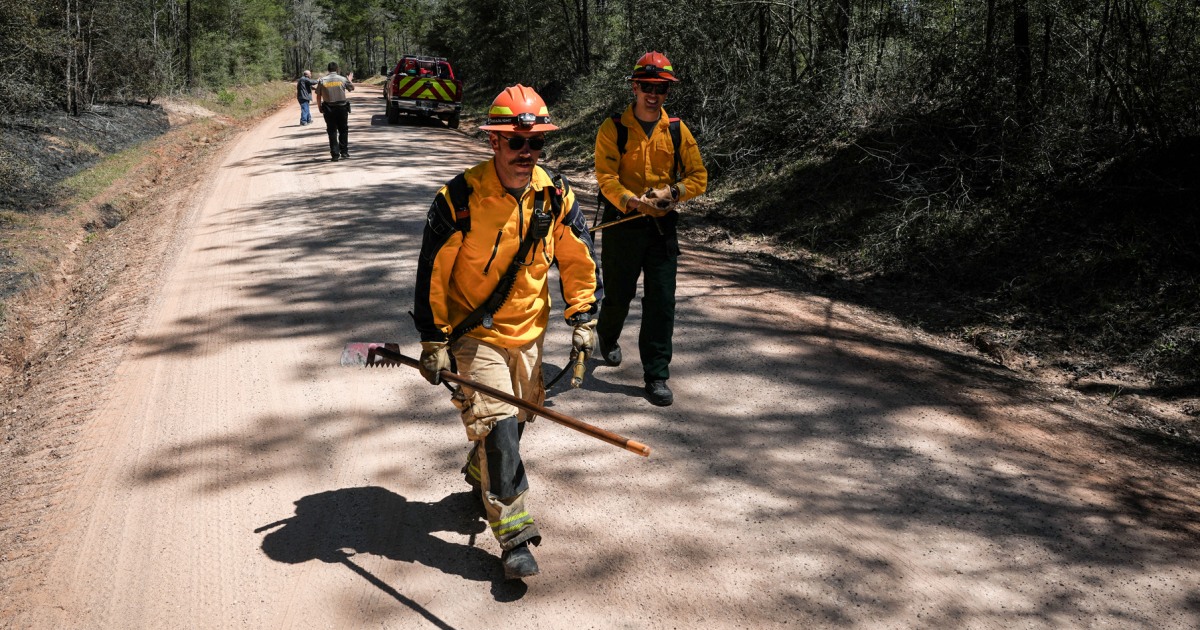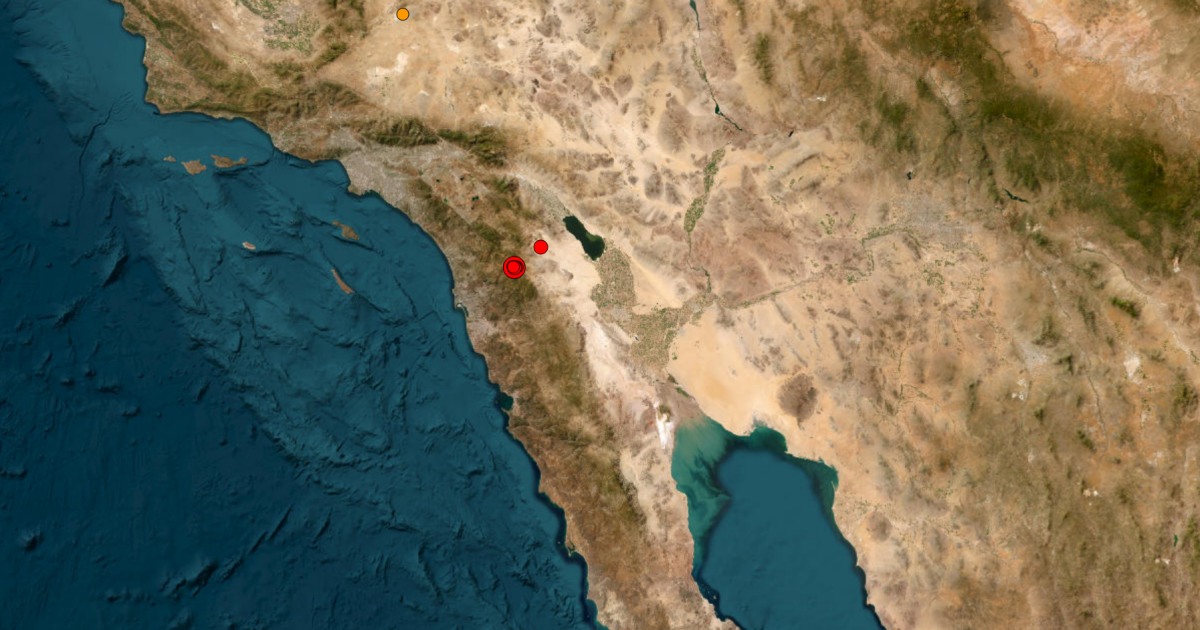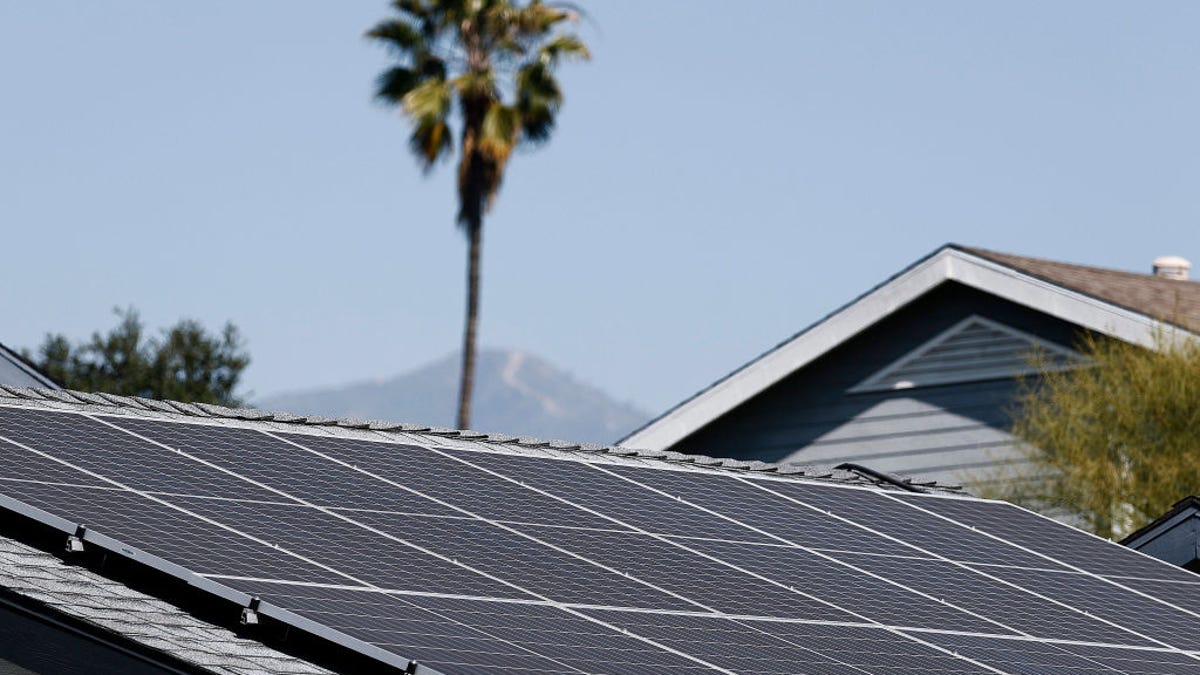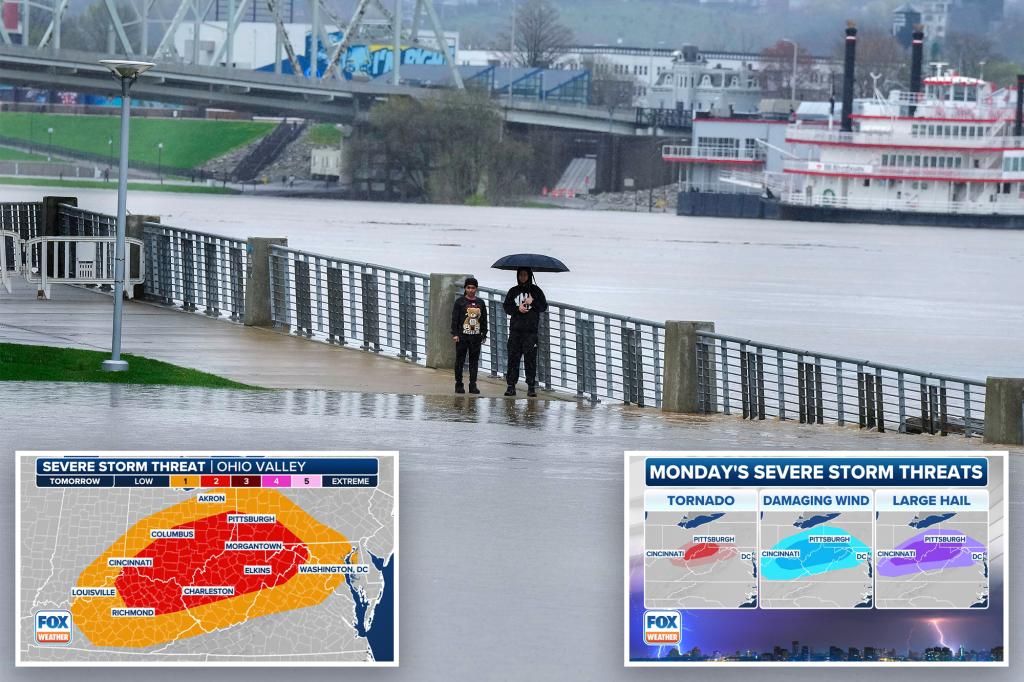Fire Weather Threatens Millions Across the Plains, West, and South
Nearly 10 million residents across the Plains, West, and Southern United States are under heightened fire weather alerts this week as dry conditions, low humidity, and strong winds create a tinderbox environment. Meteorologists and emergency officials warn that these conditions could spark rapid wildfire spread, urging communities to prepare for evacuations and property protection. The National Weather Service (NWS) has issued Red Flag Warnings for vast regions, with the threat expected to persist through the weekend.
Critical Conditions Fueling Wildfire Risks
The current fire weather threat stems from a dangerous combination of climatic factors. Relative humidity levels have plummeted below 20% in many areas, while sustained winds of 15-25 mph—with gusts exceeding 40 mph—create ideal conditions for fires to ignite and spread. The Drought Monitor reports that over 60% of the affected regions face moderate to severe drought, leaving vegetation parched and highly flammable.
“This is a textbook scenario for explosive fire growth,” says Dr. Elena Martinez, a climatologist at the Western Climate Research Center. “When you combine drought-stressed fuels with these wind patterns, a single spark can become a catastrophic blaze within minutes.”
Key risk areas include:
- Central and Southern Plains (Texas, Oklahoma, Kansas)
- Southwest (Arizona, New Mexico)
- Rocky Mountain foothills (Colorado, Wyoming)
- Southern states (Louisiana, Arkansas, Mississippi)
Emergency Response and Preparedness Efforts
Local authorities have activated emergency protocols, positioning firefighting resources in high-risk zones. The National Interagency Fire Center reports 14 large wildfires already burning across the warned areas, with over 3,000 personnel deployed. Fire departments are operating at “ready status,” with aircraft on standby for rapid response.
“We’re not just fighting fires—we’re racing to prevent them,” explains Chief Mark Reynolds of the Colorado Springs Fire Department. “Every unattended campfire, discarded cigarette, or equipment spark could be the match that lights up our community.”
Residents are advised to:
- Clear defensible space around properties
- Avoid outdoor burning and machinery use
- Prepare evacuation kits with essential documents
- Monitor local emergency alerts
The Climate Change Connection
Scientists emphasize that these fire weather patterns align with long-term climate trends. Research from the National Oceanic and Atmospheric Administration (NOAA) shows the annual fire season has lengthened by 2-3 months in Western states since the 1980s. The number of high-risk fire weather days has increased by 45% in the South over the past two decades.
However, some policymakers argue that forest management practices share equal blame. “While climate plays a role, we’ve seen how proper land stewardship can mitigate risks,” says Senator Greg Harlan (R-AZ). “We need balanced policies addressing both emissions and forest maintenance.”
Economic and Health Impacts Loom
Beyond immediate safety concerns, the fire weather threatens significant economic disruption. Agricultural regions face potential crop losses, while tourism industries in mountain towns brace for cancellations. Air quality alerts have been issued as far as 300 miles downwind of active fires, posing respiratory risks to vulnerable populations.
The American Lung Association warns that wildfire smoke contains particulate matter 2.5 (PM2.5), which can penetrate deep into lung tissue. Hospitals in fire-prone regions report 20-30% increases in asthma-related visits during smoke events.
What Comes Next: Monitoring and Long-Term Solutions
Meteorologists are closely watching Pacific Ocean patterns that could bring moisture relief in coming weeks. Meanwhile, community leaders are advocating for:
- Expanded early warning systems
- Investment in fire-resistant infrastructure
- Public education campaigns about fire prevention
“This isn’t just a seasonal crisis—it’s our new normal,” concludes Dr. Martinez. “Adapting requires both immediate vigilance and long-term planning to protect lives and landscapes.”
Residents in affected areas should bookmark their state’s emergency management website and consider signing up for local alert systems to receive real-time fire weather updates. With conditions expected to worsen before improving, preparedness could mean the difference between safety and catastrophe.
See more Your Daily Weather



